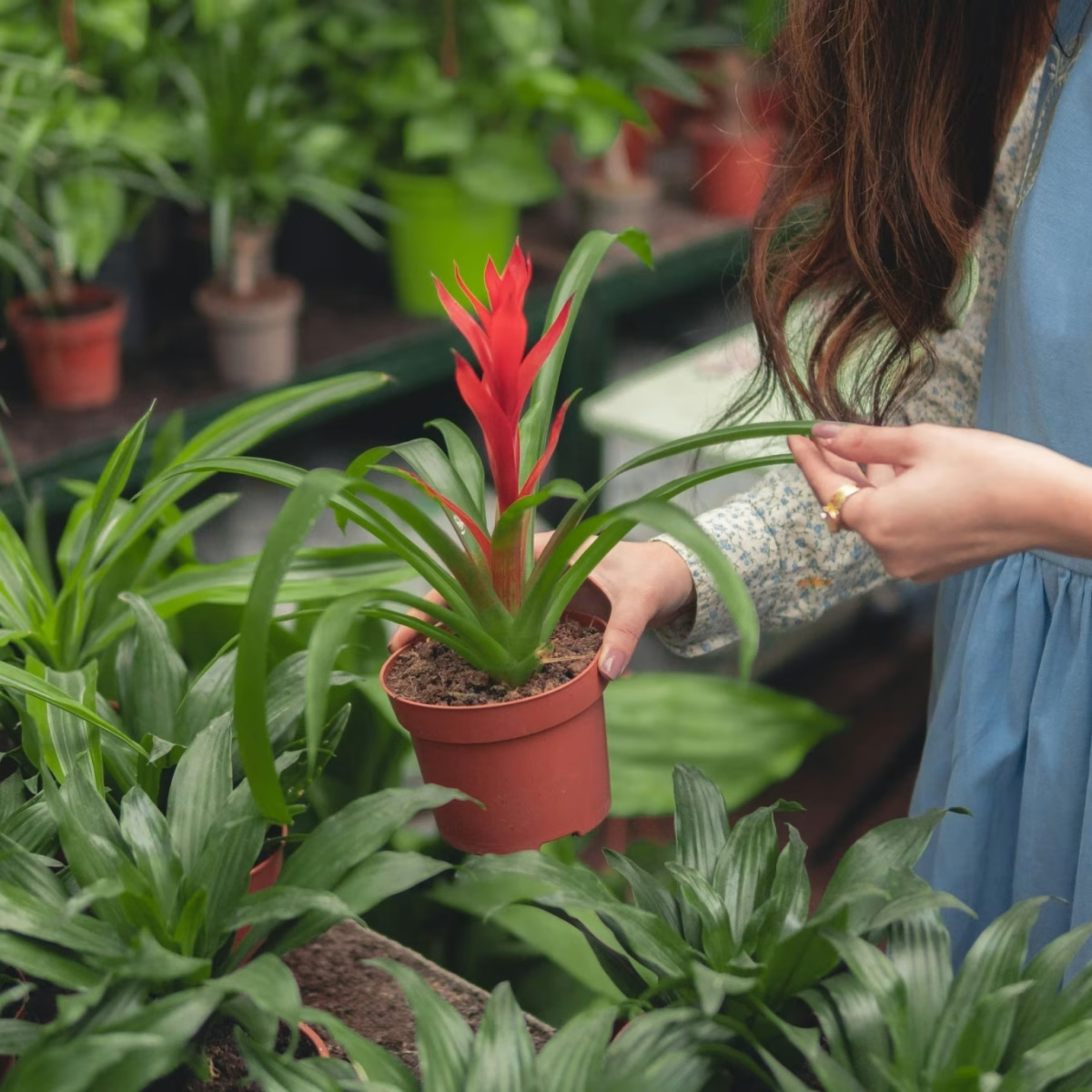Want to start a horticulture business in India but worried about costs? Many aspiring entrepreneurs who want to start a horticulture business often look for agriculture loans, Government grants, or subsidies. This guide explains all horticulture subsidies in simple terms. From how to apply to which crops get the most benefits, our industry experts have covered it all.
Table of Contents
Why Horticulture Subsidies Matter in India?
Horticulture (growing fruits, vegetables, flowers and medicinal plants) contributes 30% of India’s agricultural GDP. To boost this sector, the government provides:
✔ 50-75% subsidy on equipment and infrastructure
✔ Free training programs on modern farming techniques
✔ Interest-free loans through schemes like PMKSY
✔ Export incentives for flower and spice growers
Over ₹15,000 crores were allocated to horticulture subsidies in 2023-24. But most farmers don’t claim these benefits due to a lack of awareness.
Top 5 Horticulture Subsidies You Should Know
1. National Horticulture Mission (NHM) Subsidy
Covers 50% cost of:
- Greenhouses (₹315/sq.m for small farmers)
- Drip irrigation systems
- Cool storage units
- Processing equipment
Who can apply? Individual farmers, FPOs, agri-entrepreneurs
Apply at: District Horticulture Office
2. MIDH (Mission for Integrated Horticulture Development)
Provides subsidies for:
- 75% for tribal farmers setting up nurseries
- 50% for mushroom cultivation units
- ₹1.5 lakh subsidy per hectare for organic farming
Special benefit: Women farmers get 10% additional subsidy
3. PMKSY (Per Drop More Crop)
Best subsidy for water conservation:
- 90% subsidy on drip irrigation in drought areas
- ₹50,000 subsidy for water tanks
- Free soil testing facilities
4. Horticulture Crop Insurance
Protects against:
- Natural disasters (75% premium paid by govt)
- Price fluctuations (through PM-AASHA scheme)
5. Agri-Export Subsidies
For flower/spice exporters:
- 50% transport subsidy (up to ₹10 lakh/year)
- Free export certification
- Cold storage subsidies near airports
How Much Subsidy Can You Get? (With Examples)
| Project | Total Cost | Subsidy (50%) | Your Investment |
|---|---|---|---|
| Small Greenhouse (200 sq.m) | ₹6,30,000 | ₹3,15,000 | ₹3,15,000 |
| Drip Irrigation (1 acre) | ₹1,20,000 | ₹60,000 | ₹60,000 |
| Mushroom Unit (1000 bags) | ₹2,00,000 | ₹1,00,000 | ₹1,00,000 |
Note: SC/ST farmers get 10-15% higher subsidies
Step-by-Step Application Process
- Choose Your Project (Greenhouse, irrigation, processing unit, etc.)
- Visit the District Horticulture Office with land documents
- Submit Project Report (they help prepare it)
- Get Technical Approval (takes 15-30 days)
- Install Equipment through empaneled vendors
- Claim Subsidy after inspection
Pro Tip: Apply between June and July when budgets are fresh. Delays happen near the financial year-end.
Related: Best Government Subsidy For Small Businesses In India
Which Crops Get Maximum Subsidy?
Highest subsidies for:
- Exotic vegetables (Cherry tomatoes, colored capsicum)
- Medicinal plants (Aloe vera, stevia, ashwagandha)
- Floriculture (Roses, gerbera, orchids)
- Nutri-cereals (Quinoa, chia seeds)
Avoid: Common crops like potatoes/onions get lower subsidies.
Common Reasons for Rejection (And How to Avoid)
❌ Incomplete paperwork → Double-check document checklist
❌ Wrong vendor selection → Use only govt-empaneled suppliers
❌ Land issues → Ensure clear ownership papers
❌ Delayed applications → Apply before November
Success Story: How Rajesh from Maharashtra Benefitted
Rajesh (32) started a 1-acre polyhouse for coloured capsicum:
- Total cost: ₹12 lakhs
- NHM subsidy: ₹6 lakhs
- Bank loan: ₹5 lakhs (3% interest)
- His investment: Just ₹1 lakh
Today, he earns ₹8-10 lakhs/year supplying to Mumbai supermarkets.
Future of Horticulture Subsidies
The new Atmanirbhar Horticulture Scheme (2025) will provide:
- 100% subsidy for tribal farmers
- Drone technology subsidies for large farms
- Blockchain-based subsidy tracking
Final Advice Before You Apply
✔ Start small (under 1 acre) for faster approval
✔ Maintain proper farm records
✔ Attend free KVK training programs
✔ Renew subsidies annually for expansion
Sources:
Horticulture can be 10X more profitable than traditional farming with these subsidies. The government is literally paying you to start. These subsidies aren’t just financial help; they’re your business launchpad.

NextWhatBusiness Research Desk represents the editorial research team at NextWhatBusiness, comprising business consultants and industry analysts with experience across small, medium, and franchise-led enterprises. The team focuses on data-backed insights, market research, and structured business information to help readers understand trends, opportunities, and operational realities across industries.
Editorial oversight provided by Rupak Chakrabarty, Editor, NextWhatBusiness.
Discover more from NEXTWHATBUSINESS
Subscribe to get the latest posts sent to your email.



